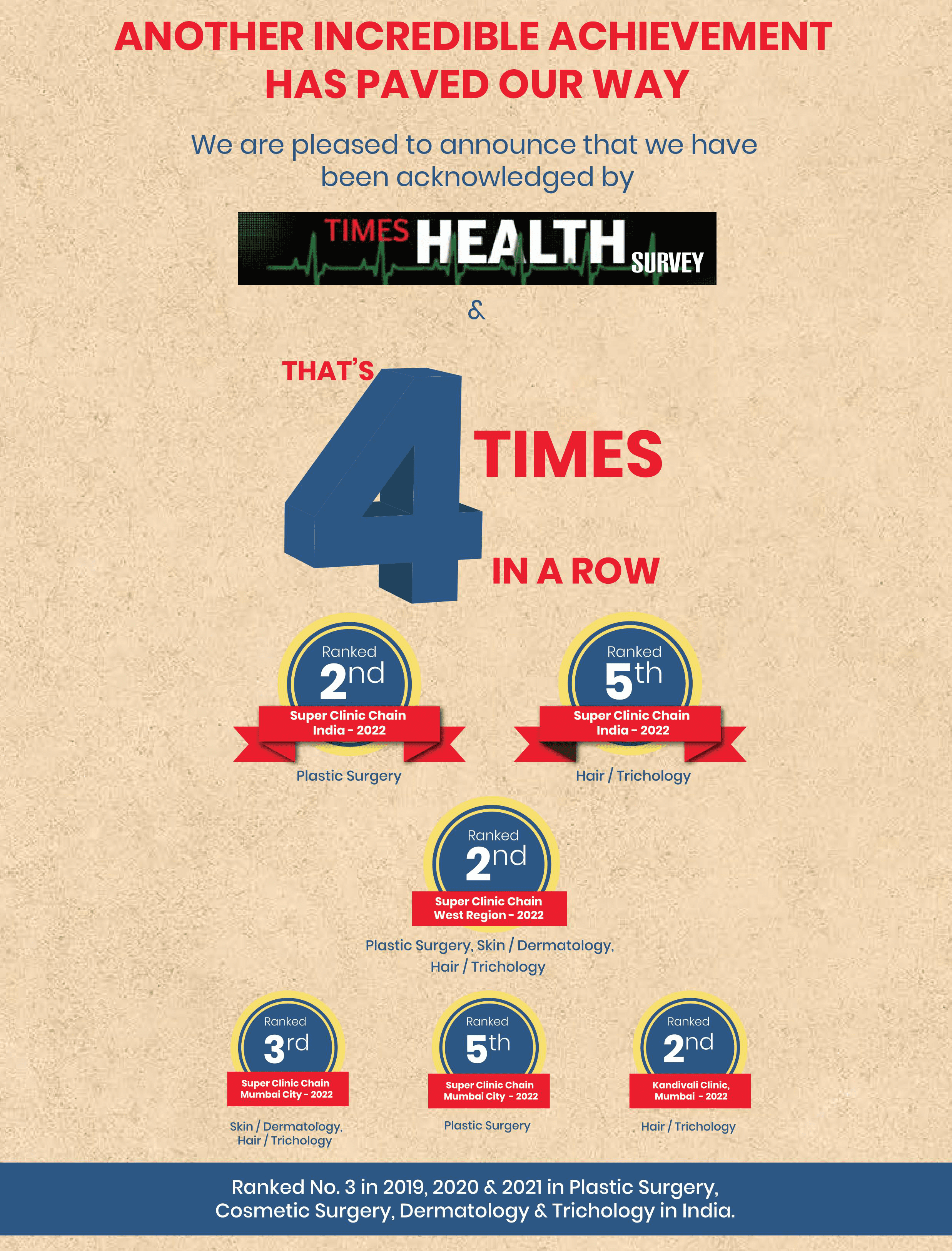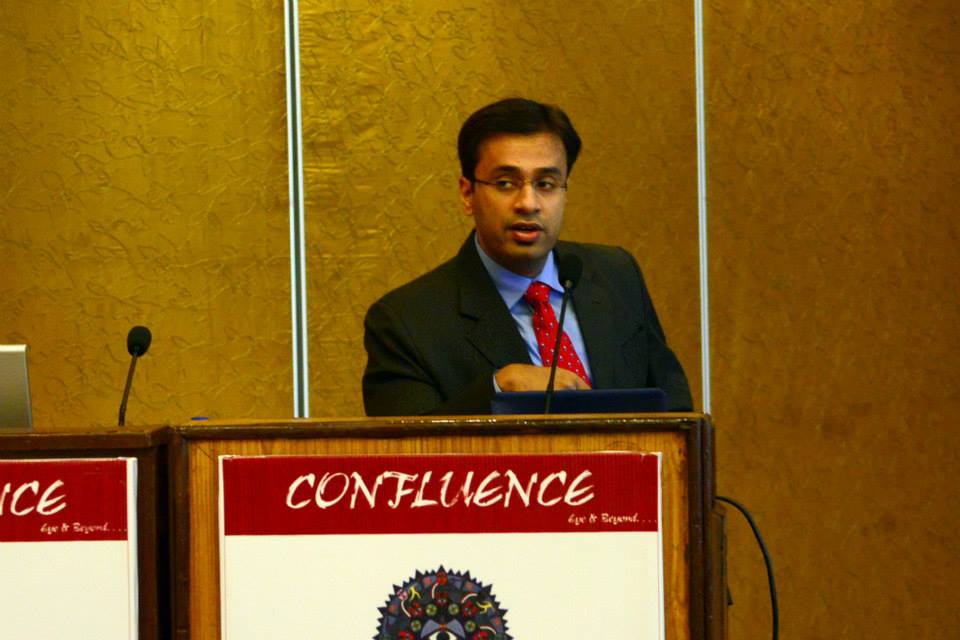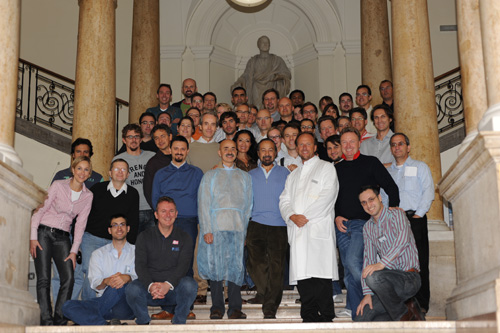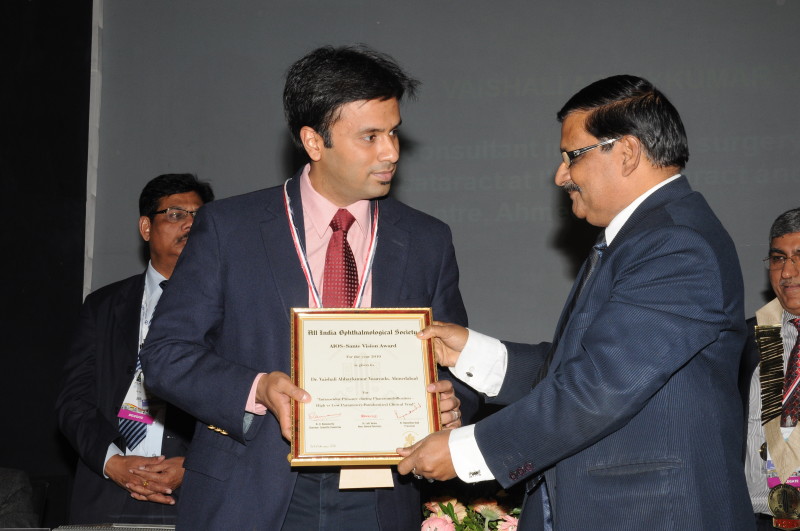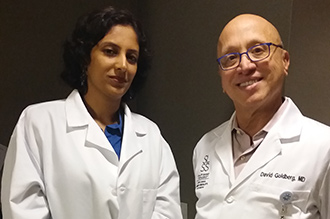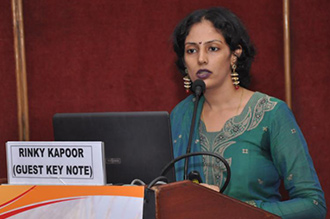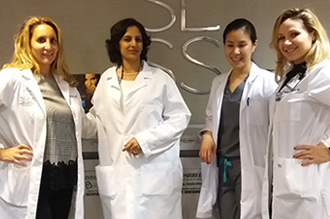Eyelid retraction simply refers to a condition in which the lower eyelid is displaced inferiorly or the upper eyelid, displaced superiorly by way of a myriad of mechanisms. Patients suffering from this condition usually have their upper or lower eyelid margins drawn back from the original position. More often than not, corneal exposure and dry eye symptoms ensure the retraction of the lid.
Eyelid retraction can irritate the cornea and damage it; It can as well result in a corneal ulcer, which can develop, fester, and become infected, and cause significant vision loss if not treated promptly. Eyelid retraction can produce corneal abrasions, which can result in a person losing the epithelial layer of the cornea’s surface.
There is quite a vast range of symptoms that might be noticed in a patient with eyelid retraction, albeit these symptoms and signs might be linked to other similar eyelid conditions.
In addition to the aforementioned, problems with vision can also ensue, as a result of corneal damage or injury.
There are quite several factors to attribute to eyelid retraction. The etiological grouping of eyelid retraction can be done in three prominent divisions, as stated here: Neurogenic retraction, myogenic retraction, and mechanistic retraction.
Neurogenic Retraction: In the event of neurogenic retraction mechanisms, a vast array of diseases such as aberrant regeneration or innervation of the oculomotor nerve, Marcus Gunn jaw-winking, and dorsal midbrain syndrome are included. It is worth taking note that pseudo-retraction, secondary to ptosis of the contralateral upper eyelid is noticed in figures reaching up to two-thirds of patients with ptosis. Such scenarios require the induction of an artificial elevation of the contralateral upper eyelid in accordance with Hering's law.
Myogenic Retraction: On the other hand, myogenic retraction division, encompasses Graves' disease, Myasthenia Gravis, and surgical overcorrection of ptosis. However, the Graves' takes the pole position, by a mile, as the preponderant common cause of upper eyelid retraction. The association of the cause of upper eyelid retraction with Graves' disease has faced quite some amount of dispute. A number of mechanisms were hypothesized, ranging from fibrosis of elevator and Müller muscle, orbital proptosis increased sympathetic innervation, anomalous adhesions between the levator and adjacent tissues, and fixation duress. What fixation duress alludes to retraction of upper eyelids as a consequence of excessive concomitant firing of the ipsilateral superior rectus and levator palpebrae muscles secondary to inferior rectus muscle restriction. Some significant factors or elements in the myogenic category would include botulinum toxin injection, post-surgical complications of vertical rectus muscle recessions, ptosis overcorrection, and defects that arise as a result of enucleation.
Mechanistic Retraction: On a final note, mechanistic retractions are a consequence of architectural modifications in eyelid structure whether it be traumatic, neoplastic, cicatricial, congenital, or postoperative. From time to time, the retraction is secondary to the increased size of the eye, take for instance, severe myopia or buphthalmos (enlargement of the eyeball).
Visually, eyelid retraction is often straightforward to detect. Any suspected causes such as previous eye injuries, diseases, or chemical exposure, will be discussed with your doctor. A quick test may be performed by your doctor. This is done by lightly squeezing the eyelid and raising it to see how quickly it returns to its original position. This test confirms the visual diagnosis if you’re losing collagen and muscle tone.
If the disease is thought to be the consequence of scar tissue or surgical intervention, the surgeon will examine the surrounding tissue as well as the interior of the eyelids. A doctor can decide the most effective treatment for eyelid retraction by determining the reason. After a comprehensive consultation and examination; all symptoms, as well as potential procedural/surgical alternatives will be reviewed with your physician in order to draw out the best eyelid retraction treatment plan.
In the instance where surgery has been chosen, it is expedient that the surgeon fixes a date for the procedure – after ascertaining the severity of your situation – and educate on what to expect during the operation. Likewise, he/she will furnish you with some key information on how to prepare for the procedure to achieve the best possible outcome.
Some of the possible risks that might be experienced or suffered by a patient after undergoing an eyelid retraction surgery include:
Although lubricating ointments and eye drops can help decrease irritation and the risk of injury in patients experiencing eyelid retraction, surgery remains the best form of intervention to use in correcting the issues caused by this condition. Surgery is deemed a medical necessity when substantial eyelid retraction impairs your eyesight – with the possibility of the loss of vision not far-fetched. Concerning the surgery type; the oculoplastic surgeon may either perform an upper eyelid retraction or lower eyelid retraction depending on the patient’s situation.
Eyelid retraction surgery is performed in the surgeon’s office under minimal intravenous anesthesia. Local injections are used to totally numb the treatment area. During the procedure, you must remain upright so that your surgeon may assess the symmetry of his work as he goes on with the surgical process. You want your affected eyelid to be in a normal posture during the surgery, which necessitates the doctor reviewing his work at regular intervals through the course of the surgery. You might be able to get your eyelid retraction surgery done in one session if close attention is being paid to the littlest of details. In some cases, specialists tend to do some supplemental revamping that may be needed to perfectly (re)align the lids – this is where the expertise of a cosmetic surgeon becomes paramount.
When your lower lids are treated for lid retraction, the fibrotic muscle in your lower eyelid is taken out. In order to push the lid up to its right place, the spacer material is often extracted from other parts of your body. As such, your inner ear or the inside of your mouth may be selected as points from which the skin graft used in the surgery is harvested. The tendons around your eye are tightened after the skin graft is in place to realign the outer layer of your lower lid.
Very rarely, asymmetry is noticed in lower lid retraction surgery after the whole procedure. It is not usually as noticeable as work on your upper lids. Lower lid retraction is very uncomfortable, causing your eyes to be dry all of the time, hence the surgery is usually considered medically necessary
The patient upon which the surgical procedure was conducted would need to wear an eye patch for approximately 24 hours after surgery. Also, the stitches will be removed by the surgeon about 7 days after the surgery has been completed.
The physician will prescribe:
In addition to these, the surgeon will also give you specific instructions that would be valuable for your recovery, ensuring that you get the optimal functionality of your eyes in the quickest possible time – this is provided that you keep to the instructions/recommendations.
For the fact that the eye is an extremely delicate organ to deal with, and that a surgery not well conducted could lead to complications that aggravate the condition of the patient, it is imperative that the choice as to which professional/specialist clinic to go be carefully pondered on.
This is made hassle-free when you have a clinic with a team of seasoned specialists and professionals about Mumbai in The Esthetic Clinics, spearheaded by expert Oculoplastic Surgeon, Dr. Debraj Shome. With these resources, human and material at hand, you are greatly assured to be rendered optimum services, in adept hands, and promised an excellent experience with your eyelid retraction surgery.
The cost of eyelid retraction surgery varies from patient to patient based on the severity of the condition and how much time or resources would be invested in the procedure. There are instances where the cost of eyelid retraction surgery is reimbursed by insurance. However, many insurance companies regard eyelid retraction to be cosmetic when the retraction is minor. You can talk to your insurance service provider to find out more about the options available to you in this respect.


Dr. Debraj Shome is Director and Co founder of The Esthetic Clinics. He has been rated amongst the top surgeons in India by multiple agencies. The Esthetic Clinics patients include many international and national celebrities who prefer to opt for facial cosmetic surgery and facial plastic surgery in Mumbai because The Esthetic Clinics has its headquarters there.
